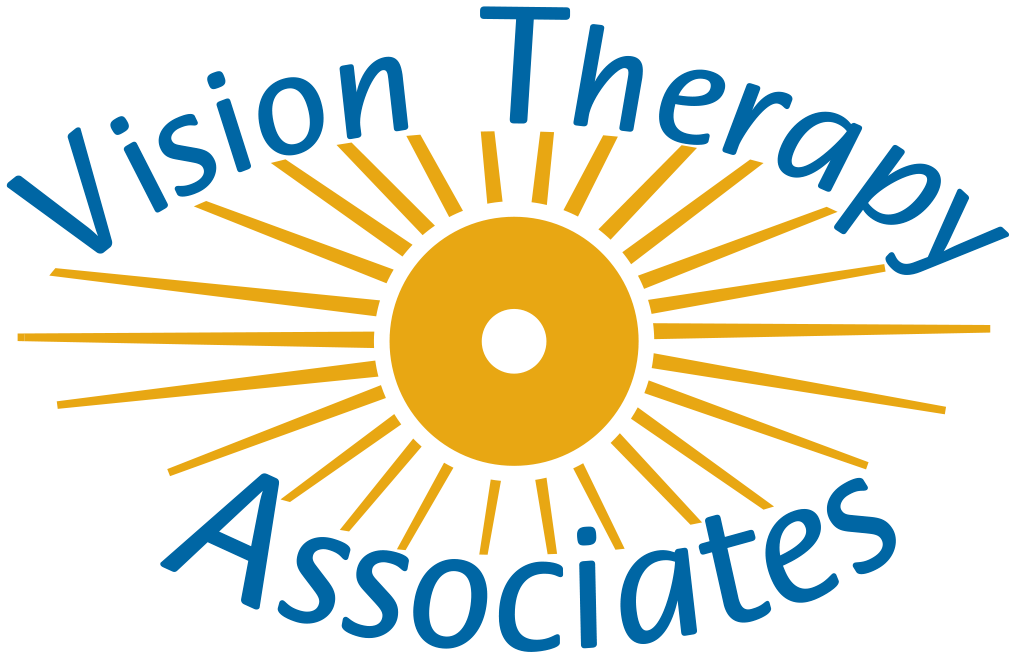Vision and Learning
Children with eye movement coordination difficulties often:
- lose their place with reading
- skip words or rows of print
- skip problems on a math page
- make "careless mistakes"
- confuse similar looking words
- guess at words from the first few letters
- miss endings of words
- skip punctuation
- read in a choppy, word-by-word fashion
Children with eye teaming coordination difficulties often experience:
- fatigue, or tired eyes with reading
- headaches while reading or just after reading
- blurred vision after reading
- difficulty sustaining near work
- avoidance of near work
- double vision
- print running together
- working too close to the page
- turning head as though only using one eye
- closing or covering an eye when reading
- decreased performance after just a short amount of near work
- dizziness or nausea with near work
- carsickness
Children with focusing (accommodative) difficulties often experience:
- blurred near vision
- blurred vision when shifting near-far as when copying from the board
- headaches
- eye aches
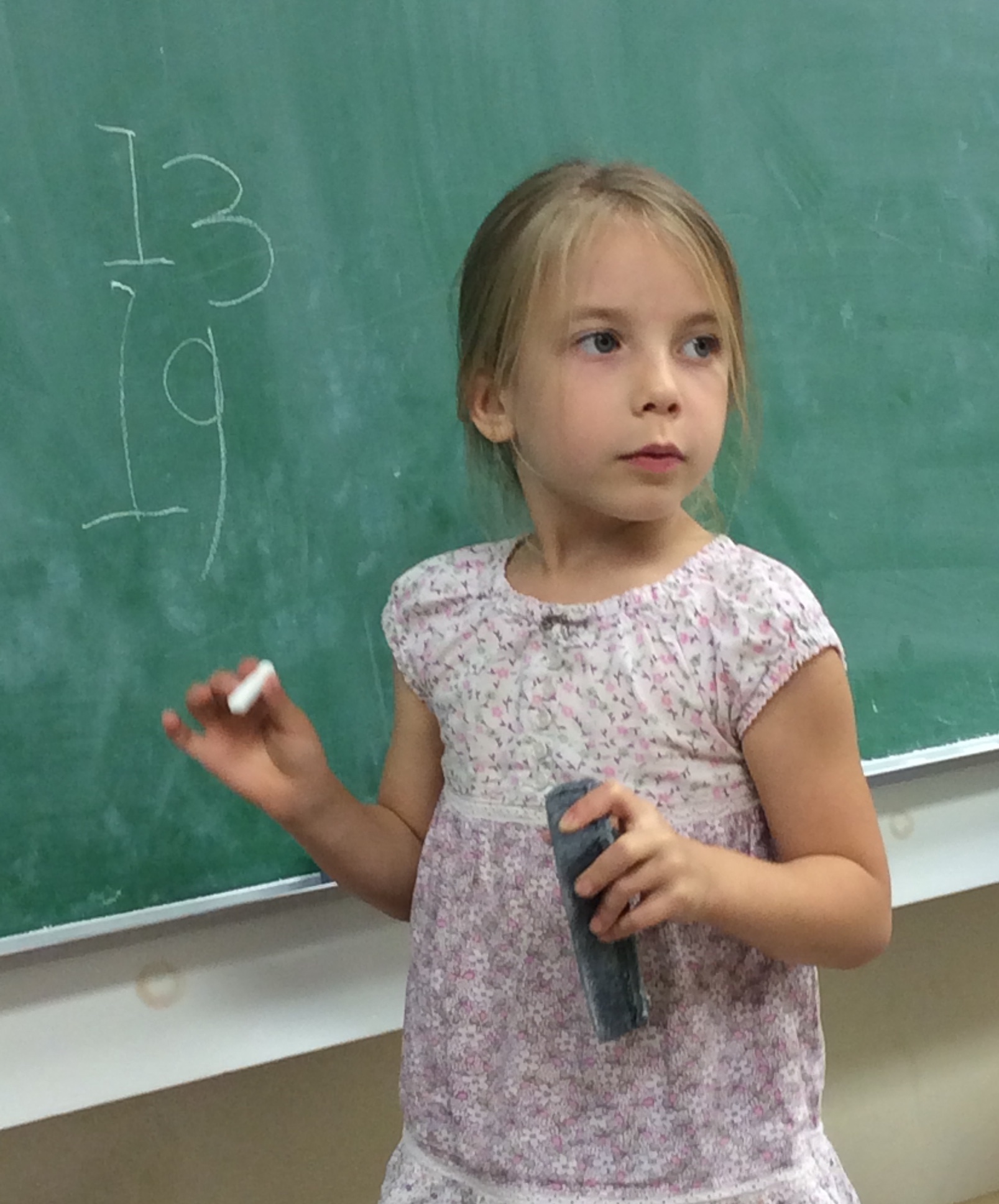
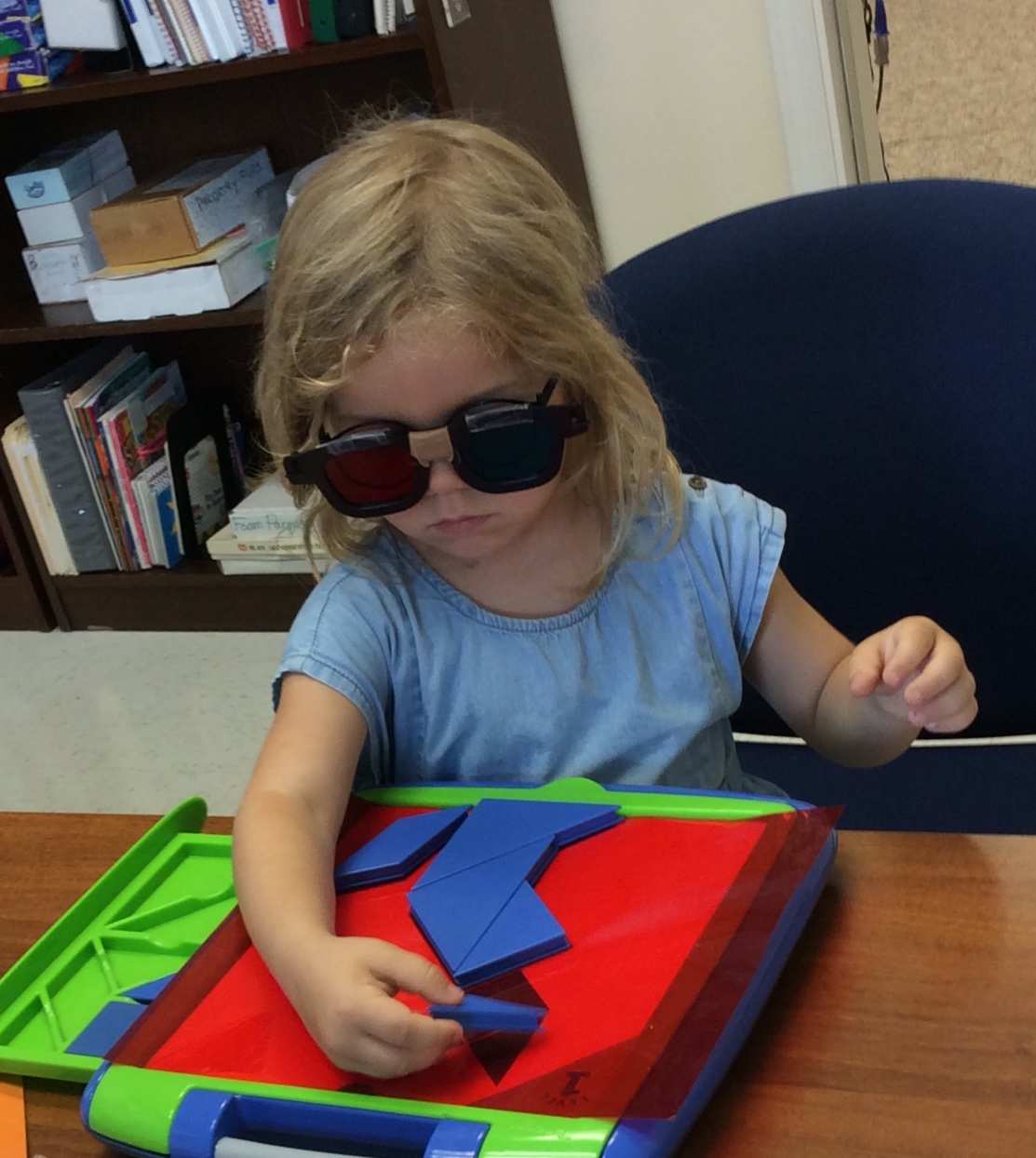
Difficulties in visual processing or visual perception present with a whole new set of concerns impacting academic performance. These skills represent how well we utilize visual information once it gets into the brain, including sorting, processing, organizing, manipulating, and storing visual information. Areas of visual processing include visual discrimination, directionality (letter/number reversals), visual memory, visual spatial relations, figure-ground perception, visual closure, and visualization.
Children with visual processing/perceptual difficulties often experience:
- letter or number reversals or transpositions
- challenges in spelling
- difficulty retaining sight words
- confusion of similar looking words
- trouble retaining math facts
- difficulty learning the alphabet
- reading comprehension issues
- difficulty grasping new concepts
- trouble following multiple step directions
- difficulty planning, organizing thoughts for writing, and organization in general
The final piece of visual processing has its own category, and that is integrating vision with movement. There are both fine visual motor and gross visual motor considerations. Vision guides fine motor skills in handwriting/penmanship, and handling tools (including utensils). Vision also guides gross motor skills in piloting our bodies thru space, and in sports involving the eye-hand coordination required to catch, and hit a ball.
Children with fine visual motor difficulties often:
- have sloppy handwriting
- laborious handwriting
- hate writing
- write the shortest sentences possible
- dislike arts and crafts
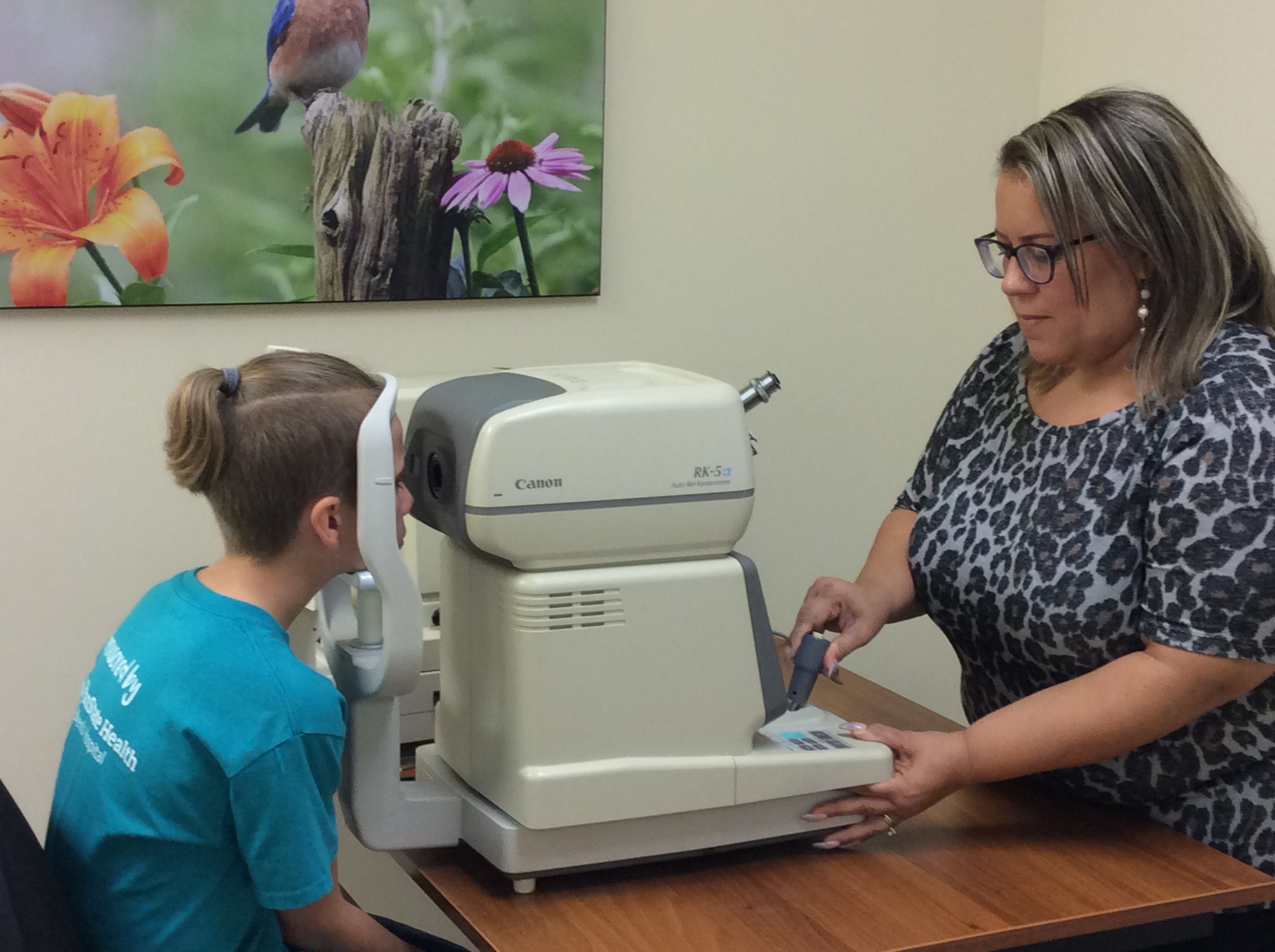
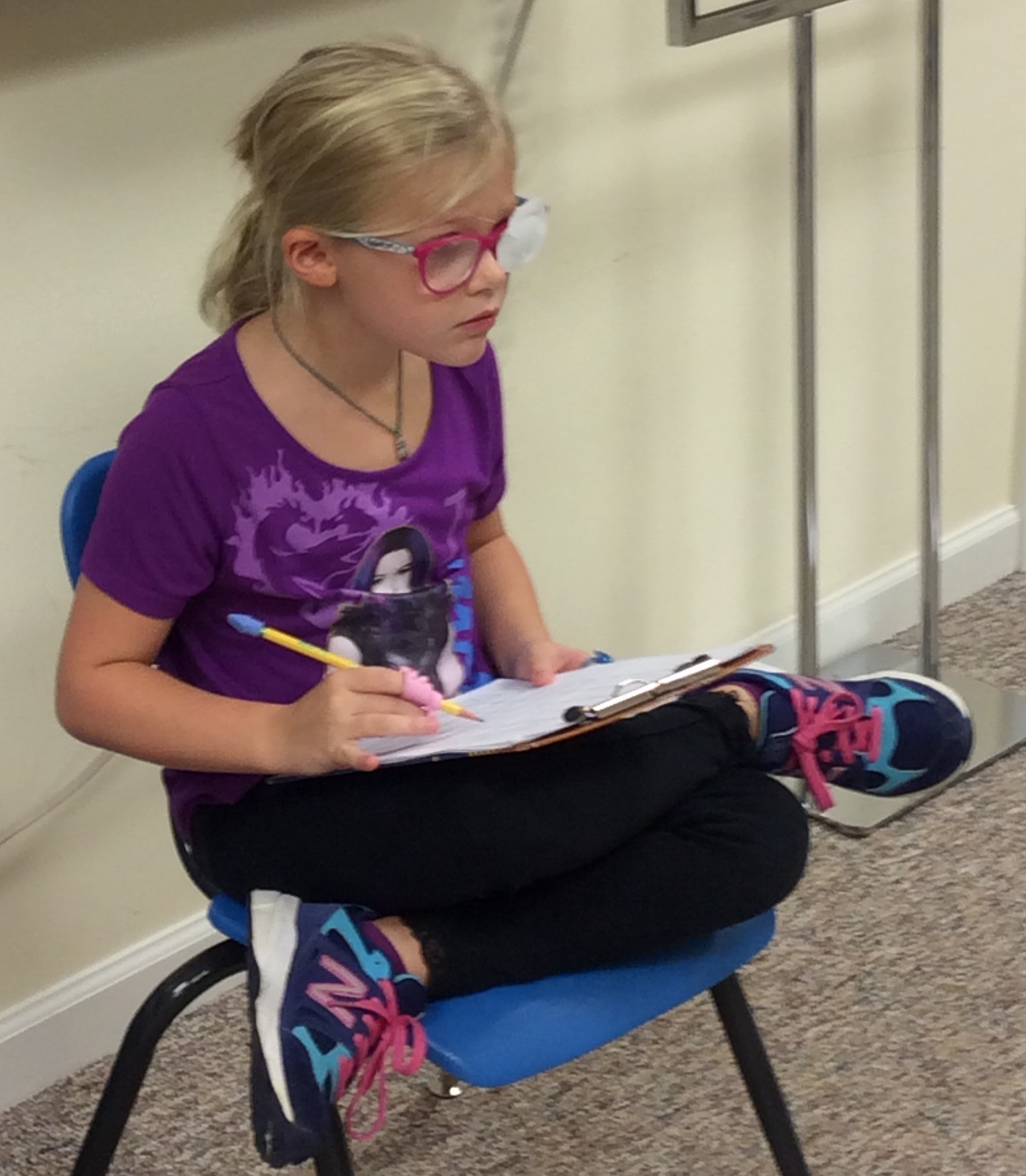
EVERY child and adult that struggles academically, or simply is not performing up to their potential should have a Behavioral Vision evaluation to determine if there is a functional vision deficit hindering their performance. In addition to testing clarity of vision, eye health, and the need for glasses, this examination should include testing for eye coordination, focusing, visual processing, and visual motor coordination.
The good news is that these are all learned skills. So if our visual skills are deficient, we can work to develop them. At home, simple exercises such as mazes, dot to dots, word searches, hidden pictures, marbles, pick-up sticks, and ball play all help develop visual skills. For more serious visual skill deficits, a vision therapy program may be necessary to develop these visual skills in a sequential, individualized treatment program involving lenses, prisms, and more sophisticated in-office techniques.
The bottom line is that the better your visual skills are, the better you will perform most of your tasks, whether you are reading, writing, figuring math word problems, or playing baseball. More ideas of how you can improve visual skills at home will be shared in future issues of YorKids.
